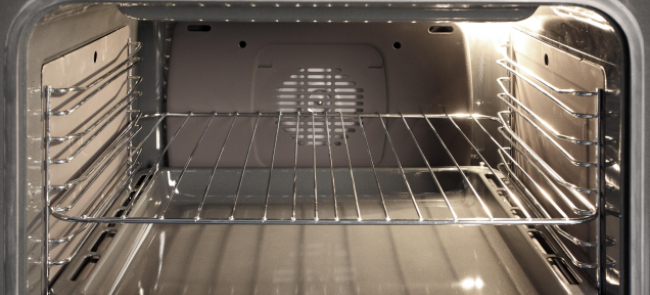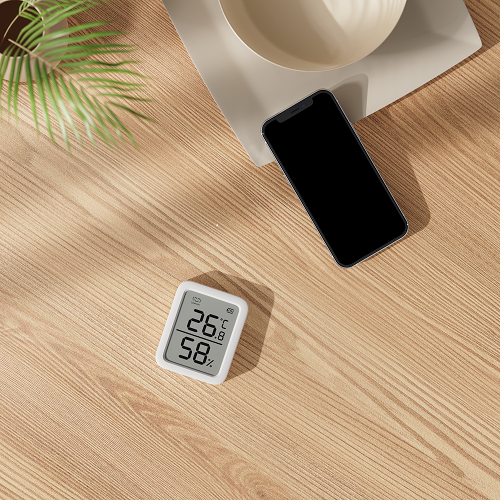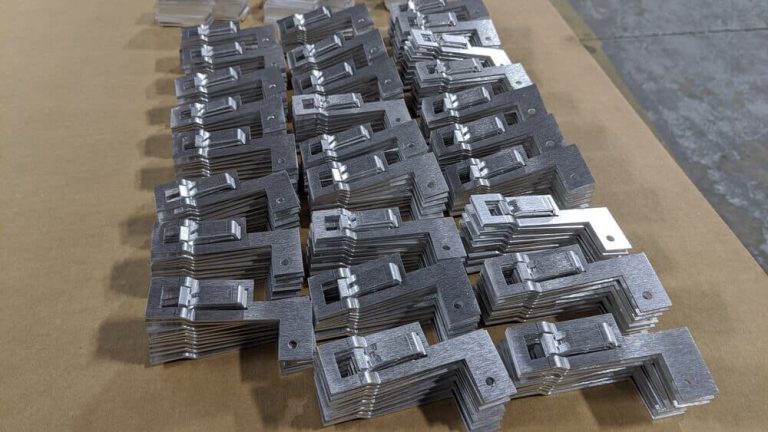How to Clean Catalytic Oven Liners

Cleaning the oven is unarguably the one chore despised by every housekeeper. Yet, putting it off is not acceptable. In fact, it makes everything worse. Usually, to get rid of stuck-on grease and filth you need to invest a significant amount of elbow grease and use various methods from homemade potions to toxic chemicals.
Thankfully, oven manufacturers have thought about that and now, self-cleaning ovens exist. Designed to get the inside of the oven sparkling clean with minimum use of detergents and hard work, self-cleaning ovens are fitted with either pyrolytic liners or catalytic liners.
In this post, we will talk about catalytic oven liners and their miraculous ability to absorb grease.
So, if you:
- Need your catalytic liners cleaned, but you want to avoid damaging them;
- Don’t know how to clean self-cleaning ovens;
- Aren’t sure how catalytic liners work;
Then, keep reading.
What are catalytic liners?
Catalytic ovens, also known as self-degreasing ovens, are equipped with special catalytic liners, located inside the oven’s cavity. This makes the interior walls of the oven rough to the touch.
Catalytic liners are made from materials and chemicals that when heated, oxidase the cooking grease and by doing so, remove fat splatters and grime.
For best results, those catalytic liners must be fitted in all perimeters of the oven – both sides, roof and bottom. A benefit of the catalytic liners is that they don’t require extremely high temperatures to work. To activate them you simply need to heat the oven to a minimum of 200 ºC.
Oven liner types
As already mentioned, there are two types of self-cleaning ovens, one using catalytic liners and the other using pyrolytic liners. To help you decide which oven liner is best for you, we’ve put together the advantages and disadvantages of both types:
Catalytic liners pros:
- Easy to use with no preparational work required.
- Quick process (usually 15-20 mins).
- Less expensive than pyrolytic liners.
- Don’t work with extremely high temperatures.
- Look clean even after regular use.
Catalytic liners cons:
- Require additional manual cleaning after the self-cleaning cycle.
- The temperature used is not enough to clean sugary residue.
- Not every oven has all 4 walls covered with liners.
- Damaged by aluminium foil, abrasive products and some detergents.
Pyrolytic liners pros:
- Offers more thorough cleaning.
- Minimal manual work is required after the cycle.
- Has a self-locking system when heated as a safety measure.
- Suitable for baking as it burns away sugar spills.
Pyrolytic liners cons:
- More expensive than the catalytic liners.
- Works with extremely high temperatures.
- Longer cycles, up to 3 hours.
How to clean an oven with catalytic liners
The main purpose of catalytic liners is to save you the hard work of cleaning them. After all, they are not called self-cleaning for nothing. This means that you will need to follow only a few simple steps to keep your catalytic oven immaculate.
However, keep in mind that you should never use harsh detergents to clean catalytic liners. This will damage their surface, thus ruining the self-cleaning properties.
Here is a step-by-step guide on how to clean an oven with catalytic liners:
- Remove all racks and inner oven accessories.
- Clean the floor and both sides with warm water and an oven-cleaning solution, then dry them. Don’t use any chemicals!
- Set the oven to 200°C – 250°C and leave it for about an hour.
- Turn the heat off and let it cool down.
- Wipe away with a damp, soft cloth. If there are any stubborn stains, use a mild dishwashing detergent.
Are catalytic oven liners toxic?
If you have heard some of the rumours surrounding self-cleaning ovens, then you probably think catalytic liners pose danger to your family’s health.
The truth, however, is that catalytic self-cleaning ovens are perfectly safe around both children and pets and don’t let off toxic fumes. They don’t reach extremely high temperatures, unlike other self-cleaning ovens, meaning that the only fumes they emit are of burnt food and grease.
In fact, catalytic liners are considered even safer than the enamel liners most people have been using for years, which require harsh chemicals for their cleaning. So in conclusion, whatever worries you have had, don’t let them mislead you because catalytic liners are safe for your household.
Have your oven professionally cleaned
If you don’t have the time to clean your oven or prefer to treat your cooking appliance with a deserved thorough cleaning, you can opt to hire oven cleaning professionals to do that for you.
Expert oven cleaners are equipped with specialised tools and detergents and have the skills to deal with even the most stubborn stains. Fantastic Services provides a highly rated oven cleaning service, designed to improve your oven’s performance and prolong its life. Feel free to combine oven cleaning with Fantastic Service’s appliance cleaning service and make your kitchen appliances shine spotless again!
Do you need professional oven cleaning assistance?
Contact Fantastic Services and get your oven squeaky clean!

Takeaways
- Catalytic liners are part of self-cleaning ovens that can absorb grease and most food residues.
- There are two main types of oven liners: catalytic and pyrolytic, both of which have their advantages and disadvantages.
- Catalytic liners are safe, they don’t require very high temperatures and don’t let off toxic fumes.
- Cleaning catalytic liners is a simple process requiring only a few easy steps.
- For a professionally deep cleaned oven, consider hiring specialised cleaners.
***
Was this blog post helpful? Let us know in the comment field below!
Image source: Shutterstock / ppart





